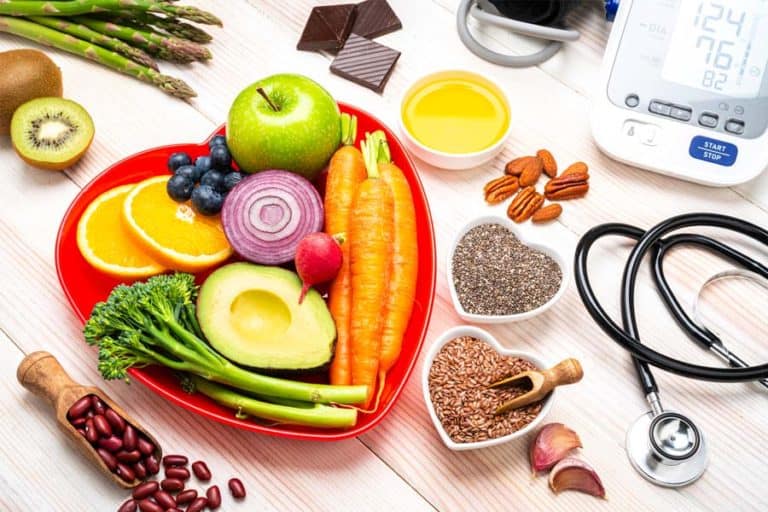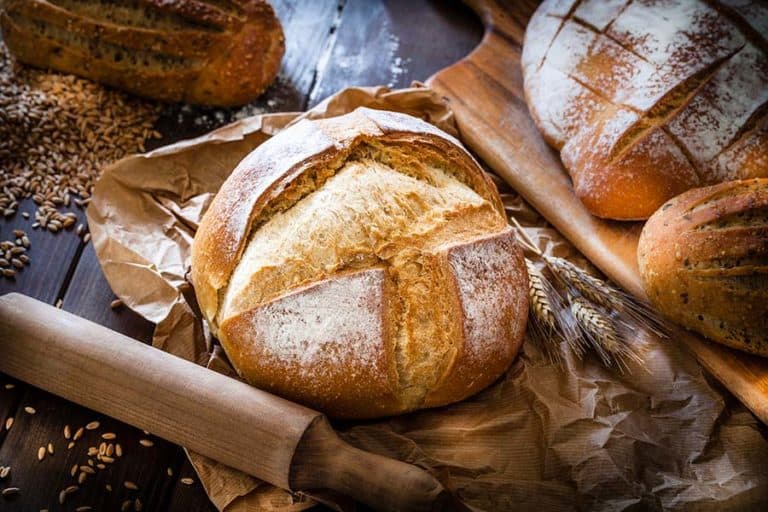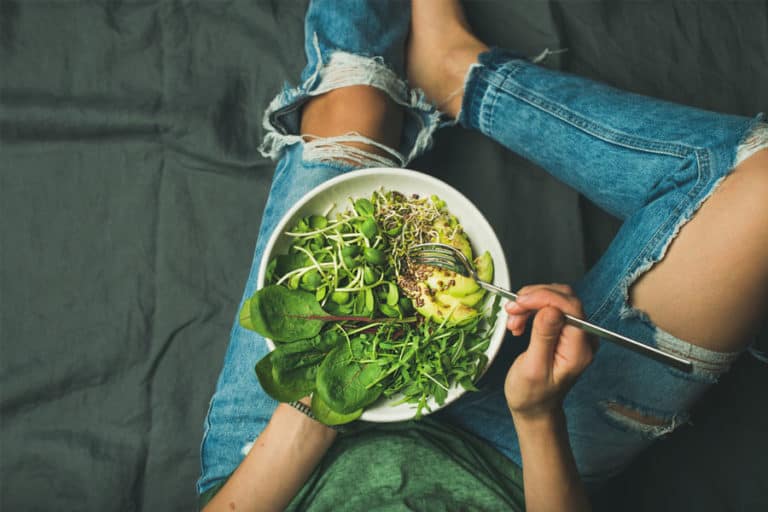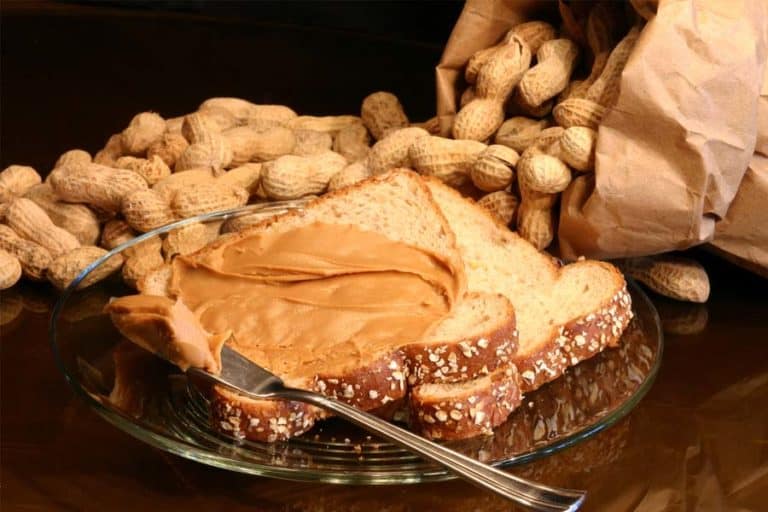How To Become Vegan? A Step-By-Step Guide
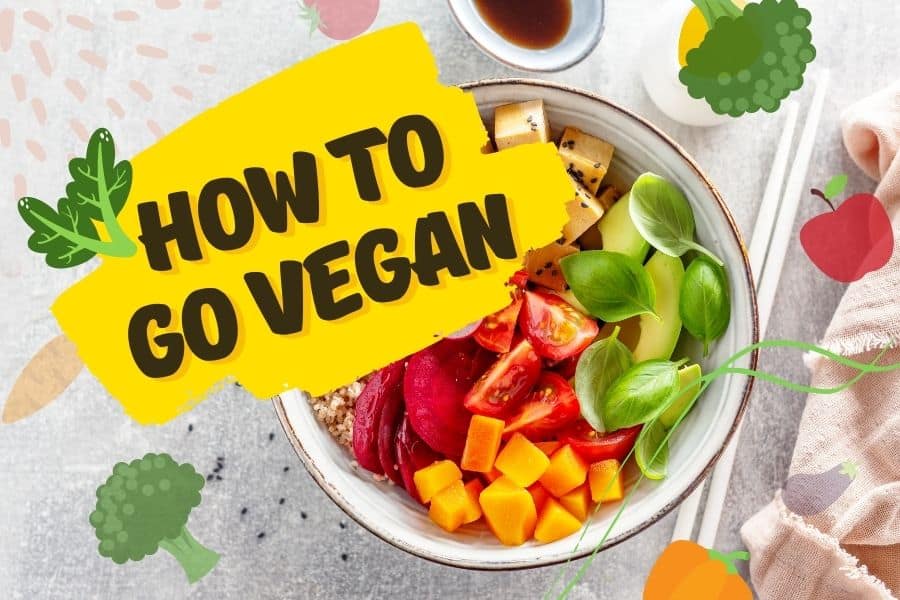
Meaning | steps to veganism | Benefits | Challenges | Eating out | Budget tips
Making the switch to a vegan diet can initially seem daunting. But with a little planning and some knowledge, it is easy to make the transition.
Here are a few tips on how to become vegan.
What is veganism?
A vegan follows a plant-based diet, which means they avoid eating any animal-sourced products. This includes meat, dairy, eggs, and honey.
Veganism is more than just a diet; it’s a lifestyle that seeks to exclude all forms of animal exploitation and cruelty, whether for food, clothing, or any other purpose.
Steps to consider – How to become a vegan?
Choosing a vegan lifestyle can be one of the most rewarding things you can do for yourself, the animals, and the planet.
Here are some easy tips on making the transition:
1. Gain knowledge and learn nutrition basics
If you want to be a vegan for ethical reasons, learn about the realities of animal abuse in the meat, dairy, and agriculture industry.
If you are doing it for health reasons, learn about the nutrients your body needs and which plant-based foods can provide them.
There are plenty of resources available online and in libraries. Once you have the necessary information, you can make informed choices about what to eat.
2. Keep yourself motivated to follow the diet
It is important to find ways to stay motivated so you can stick with the diet long-term. Try the following:
- Find a support group.
- Connect with other vegans online.
- Read books and articles about veganism to remind yourself why you are doing it.
3. Plan your transition from omnivore to vegetarian to vegan
From an omnivore to vegan: If you are an omnivore, the best way to transition to a vegan diet is to slowly cut out meat, dairy, and other animal products.
Start by eliminating the easiest items first. This may include animal products you don’t particularly enjoy or are the most expensive. Once you have removed these items, begin experimenting with vegan replacements for the foods you love.
From a vegetarian to vegan: If you are currently a vegetarian, you may already have eliminated some animal products, but depending on the type of vegetarian diet that you follow, you may still be eating eggs and/or dairy.
You may also be eating animal products such as honey, butter, certain oils, and some processed foods.
Again, changing slowly is the best way to transition from vegetarian to vegan. Start by eliminating the easiest items, such as honey and eggs, and then move on to dairy and other animal products.
4. Go at your own pace
There is no need to go vegan overnight. In fact, it may be easier to make the transition slowly.
Start by cutting out one animal product from your diet, such as red meat. Then, after a few weeks or months, you can eliminate another animal product, such as chicken.
You can also try “veganism for a day” or “vegan before 6pm” to ease into the diet.
5. Find vegan replacements for your favorite foods
You may be surprised that there are vegan versions of many of your favorite foods, such as cheese, milk, ice cream, and even meat.
Eat vegan versions of your favorite foods, or try new vegan foods that you have never tried before.
6. Maintain your nutrition
Vegan food can provide all the nutrients your body needs, but it is important to plan your diet carefully. Ensure you are eating a variety of nutrient-rich foods and having a balanced diet.
Plant foods may lack Vitamin B12 and Vitamin D, as they are found mostly in animal products. Including them through fortified foods or supplements in your diet is important.
For instance, vegans wishing to include vitamin D2 [1]Harvard T.H. Chan: Vitamin D in their diet may get it from certain mushrooms. Vitamin B12 [2]National Library of Medicine: Vitamin B12 Intake From Animal Foods, Biomarkers, and Health Aspects can be sourced from fortified breakfast cereals and some nutritional yeast.
Protein is another essential macronutrient [3]National Library of Medicine: Macronutrients and Human Health for the 21st Century that plays a role in tissue repair, immune function, and hormone production.
It is predominantly found in animal foods such as meat, poultry, fish, and eggs. Thus, vegans may lack protein because they do not eat animal foods.
However, plant foods such as chickpeas, lentils, tofu, and tempeh are rich sources of protein. Protein powders made from pea or hemp protein are also good options for vegans who want to increase their protein intake.
If you are unsure which nutrients to focus on, speak to a registered dietitian or doctor to learn about vegan nutrition.
You may also consider taking supplements. In fact, even if you are eating a varied and nutritious diet, you may still need to take supplements to meet your body’s daily nutritional requirements.
7. Add vegan items to your kitchen grocery list
Keep your kitchen stocked with vegan staples, such as grains, beans, nuts, seeds, and vegetables.
You will also want to have some vegan-friendly condiments on hand, such as soy sauce, nutritional yeast, and hot sauce. Moreover, don’t forget to stock up on snacks, such as fruit, nuts, and veggie chips.
Check the labels thoroughly before you purchase any item. Look for products that are labeled “vegan,” “100% plant-based,” or “ made with no animal products.”
Benefits of a vegan diet
There are various benefits of vegan diet. However, different people have different reasons for following it. Some do it for health, while others for ethical or environmental reasons.
1. A vegan diet has many potential health benefits
It can lower your risk of heart disease, lower cholesterol, and some types of cancer. [4]Rush: Health Benefits of a Vegan Diet It can also help you lose weight and manage diabetes.
2. Veganism is good for the environment
Livestock farming is a leading cause of greenhouse gas emissions. It generates about 14.5 percent [5]Downtoearth: How livestock farming affects the environment of global greenhouse gas emissions. By avoiding animal products, vegans can reduce their impact on the planet.
3. Veganism is a cruelty-free lifestyle
Animals raised for food are typically kept in cramped and dirty conditions. They are often given hormones and antibiotics to keep them alive in these conditions. Moreover, they are typically slaughtered at a young age. By avoiding animal products, vegans can help reduce the demand for these cruel practices.
Challenges in taking up a vegan diet
Vegan diets may have some challenges, and they can be overcome by following certain tips. Mentioned below are the challenges you will encounter on your journey to becoming a vegan and tips for each.
Risk of anemia due to lack of heme iron
Vegans are at risk of anemia and osteoporotic fracture due to a lack of heme iron found in animal products.
Tip: To avoid the risk, you should supplement your diet with non-heme iron sources like dark leafy greens, molasses, and legumes.
Risk of antinutrients
Antinutrients [6]Harvard T.H. Chan: Are Anti-Nutrients Harmful? like lectins and phytates are found in high concentrations in legumes, both of which have been linked to increased intestinal permeability [7]ScienceDirect: Antinutrients: Lectins, goitrogens, phytates and oxalates, friends or foe? or ‘leaky gut.’
Tip: Vegans must take care to soak and cook their legumes properly to reduce the levels of these anti-nutrients.
Dangers of excessive soy intake
Research suggests that soy protein sources may lead to hormone disruptions [8]Montana State University: Soy Intake and Hormonal Health Complications and higher heavy metal intake.
Tip: Avoid excessive soy-based products as a protein source on a vegan diet. Add more quinoa, nuts, seeds, and lentils to your diet to reduce your dependency on soy.
Other deficiencies on a vegan diet
If you don’t plan your meals carefully, you may not get enough of certain nutrients, such as vitamin B12, iron, omega-3 fatty acids, and calcium.
Tip: You should include more fruits and vegetables and certain plant-based oils in your diet to improve the nutritional profile of your meals. Also, take a vegan supplement to plug the nutrient gaps in your diet.
Difficulty of eliminating non-food items with animal products
It is not always easy to identify if a product is truly vegan. Many non-food items like cosmetics, home care, and lifestyle products contain animal products under devious names.
Tip: Make sure to read the labels on the package carefully before buying any products.
Eating out when on a vegan diet
Here are some tips to consider when eating out on a vegan diet:
- Opt for plant-based proteins like tofu, beans, or lentils. These are usually vegan-friendly options.
- Check if the restaurant can accommodate your dietary restrictions. Most restaurants are willing to adjust their menu to accommodate vegans.
- Ask about vegan cheese or dairy substitutes. Many restaurants now offer vegan cheese as an option.
- Be aware of common animal-based ingredients. For example, some sauces or soups may contain fish or chicken broth.
- Make sure your food is cooked in vegan-friendly oil. Some restaurants use butter or other animal fats for cooking their food.
- Bring your own condiments, such as hot sauce or vegan mayonnaise, to enhance your meal.
- Bring a vegan dish to share at a party or potluck where people eat meat. This way, you will have something to eat, and everyone will be able to try your food.
Vegan diet on a budget
A vegan diet doesn’t have to be expensive. In fact, it can be cheaper than an omnivore diet since you would not be buying meat or animal products.
Here are some tips for following a vegan diet on a budget:
- Buy in bulk: You can save money by buying bulk grains, beans, and other vegan staples.
- Shop at your local farmers market: Local produce is usually cheaper than the stuff you find at the supermarket.
- Grow your own food: If you have space, consider growing your own fruits and vegetables.
- Cook at home: To save money on a vegan diet, it is best to cook at home. Several vegan cookbooks with delicious vegan recipes are available on the market to help you make easy vegan meals at home.
Conclusion
Before you begin your vegan journey, do your research and find out if it’s the right diet for you. There’s no one-size-fits-all approach to eating, so what works for someone else may not work for you.
References
| ↑1 | Harvard T.H. Chan: Vitamin D |
|---|---|
| ↑2 | National Library of Medicine: Vitamin B12 Intake From Animal Foods, Biomarkers, and Health Aspects |
| ↑3 | National Library of Medicine: Macronutrients and Human Health for the 21st Century |
| ↑4 | Rush: Health Benefits of a Vegan Diet |
| ↑5 | Downtoearth: How livestock farming affects the environment |
| ↑6 | Harvard T.H. Chan: Are Anti-Nutrients Harmful? |
| ↑7 | ScienceDirect: Antinutrients: Lectins, goitrogens, phytates and oxalates, friends or foe? |
| ↑8 | Montana State University: Soy Intake and Hormonal Health Complications |



